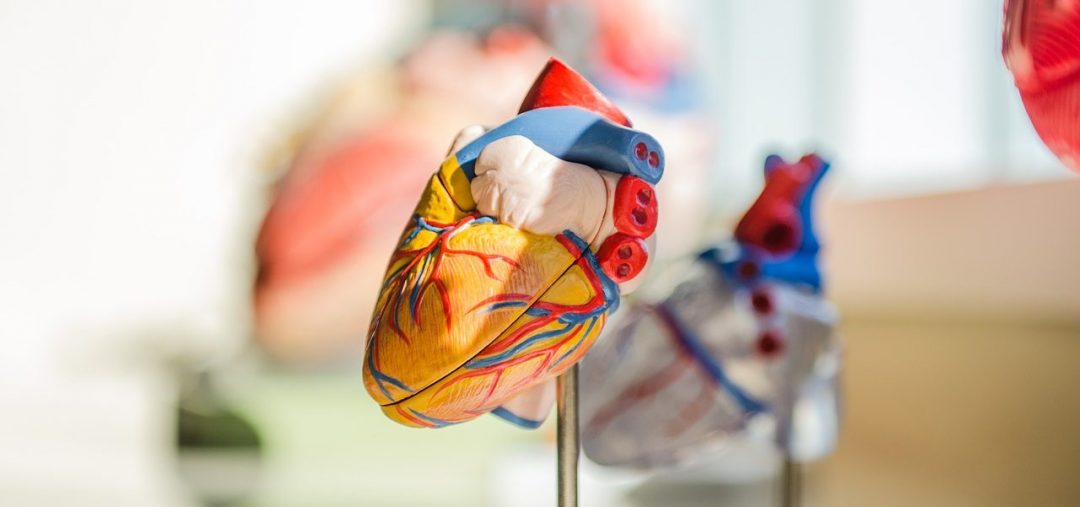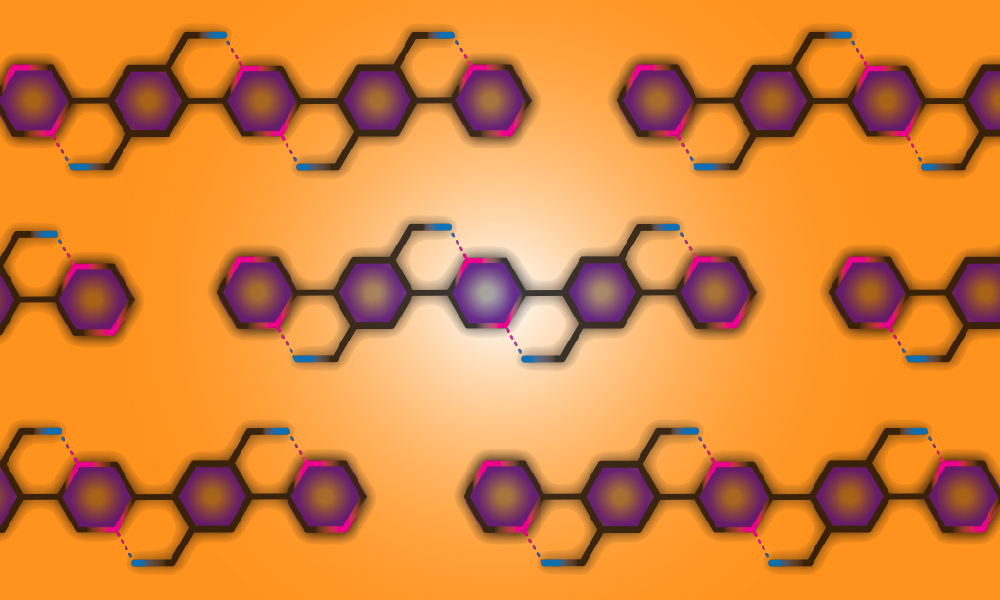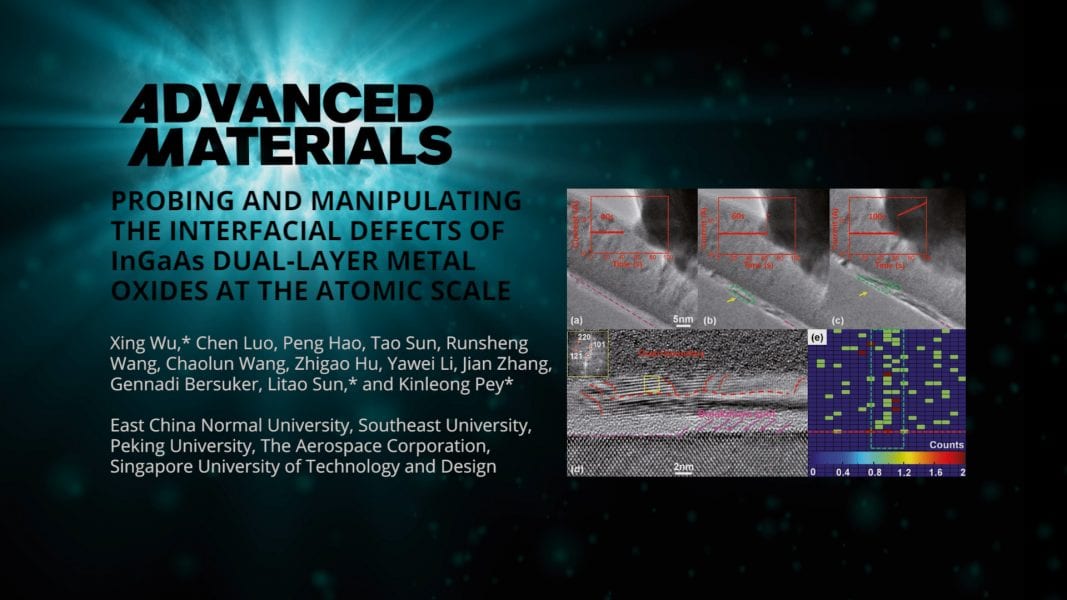A team of North American researchers developed an epi-SRS imaging platform for functional imaging of VSMCs in fresh coronary arteries which could support in developing new strategies for cardiovascular disease treatment.


A team of North American researchers developed an epi-SRS imaging platform for functional imaging of VSMCs in fresh coronary arteries which could support in developing new strategies for cardiovascular disease treatment.

Prof. Lei Fang reviews how co-planar conformation in π-conjugated systems can be locked by using dynamic noncovalent bonds.

Submit your abstract for NANO2018 conference at City University of Hong Kong by 28 February 2018.

A team of researchers design broadband field-effect phototransistors based on molybdenum disulfide. The photodetector has the ability to detect very weak optical signals and is promising for applications in thermal imaging and sensing.

Special AM30 Symposium at NANO2018 in Hong Kong.

A team of Dutch scientist report the use of ultrasound modulated optical tomography (UOT) with heterodyne parallel detection to locally sense and image blood flow deep inside a highly scattering medium.

A simple and convenient method to fabricate thermoresponsive gel particles with tunable size across multiple size scales opens new directions in biomaterials, optics, and pharmaceutics.

A team of Chinese researchers demonstrated an optofluidic strategy, by implanting the microfluidic technique with a large-tapered-angle fiber probe (LTAP), to organize and transport a cell chain in a noncontact and noninvasive manner.

A team of researchers use in-situ transmission electron microscopy (TEM) to record the dynamic evolution of structural and electrical interfacial properties of zirconium dioxide films on aluminum oxide and indium gallium arsenide (InGaAs) substrates. This investigation paves the way towards faster, more efficient high-speed electronic devices.

American scientists demonstrated the utility of SERS measurements of urine from deceased donors and associated PCA-LDA analysis as a potential tool to predict kidney transplant outcomes.